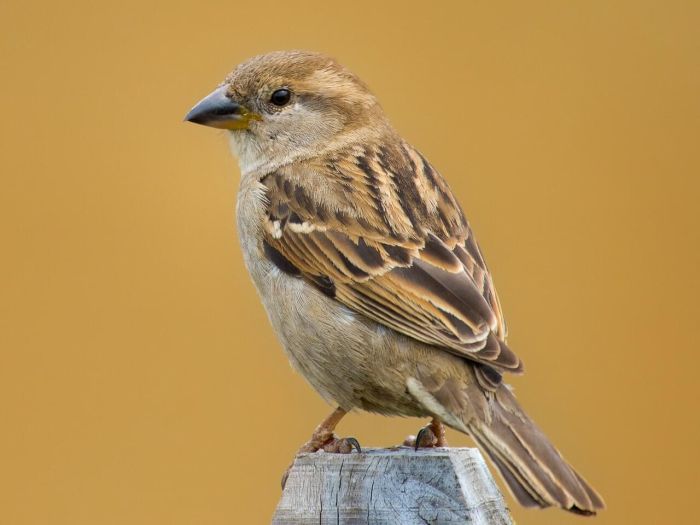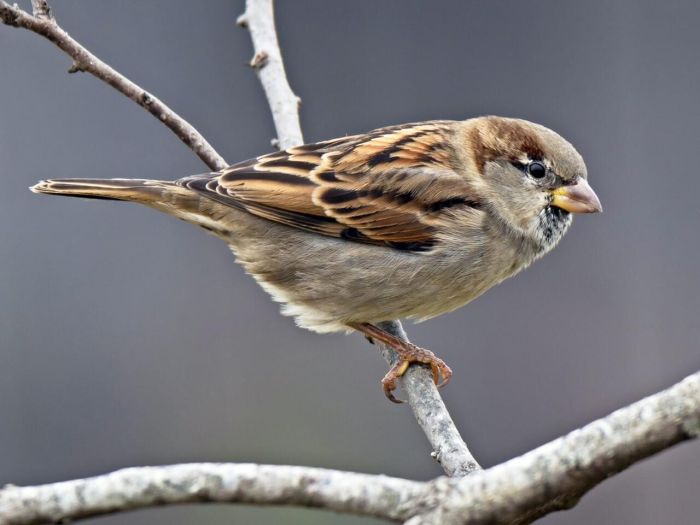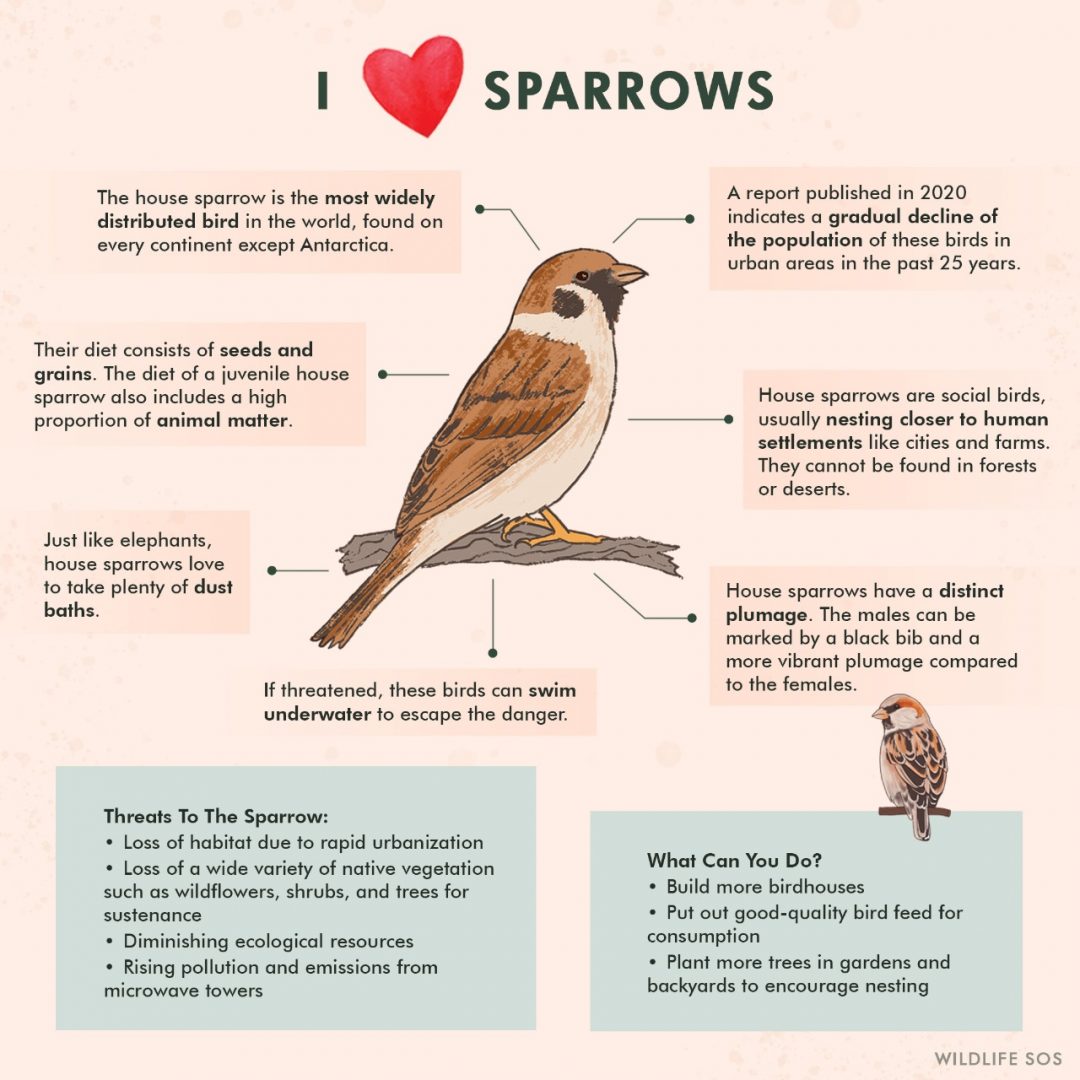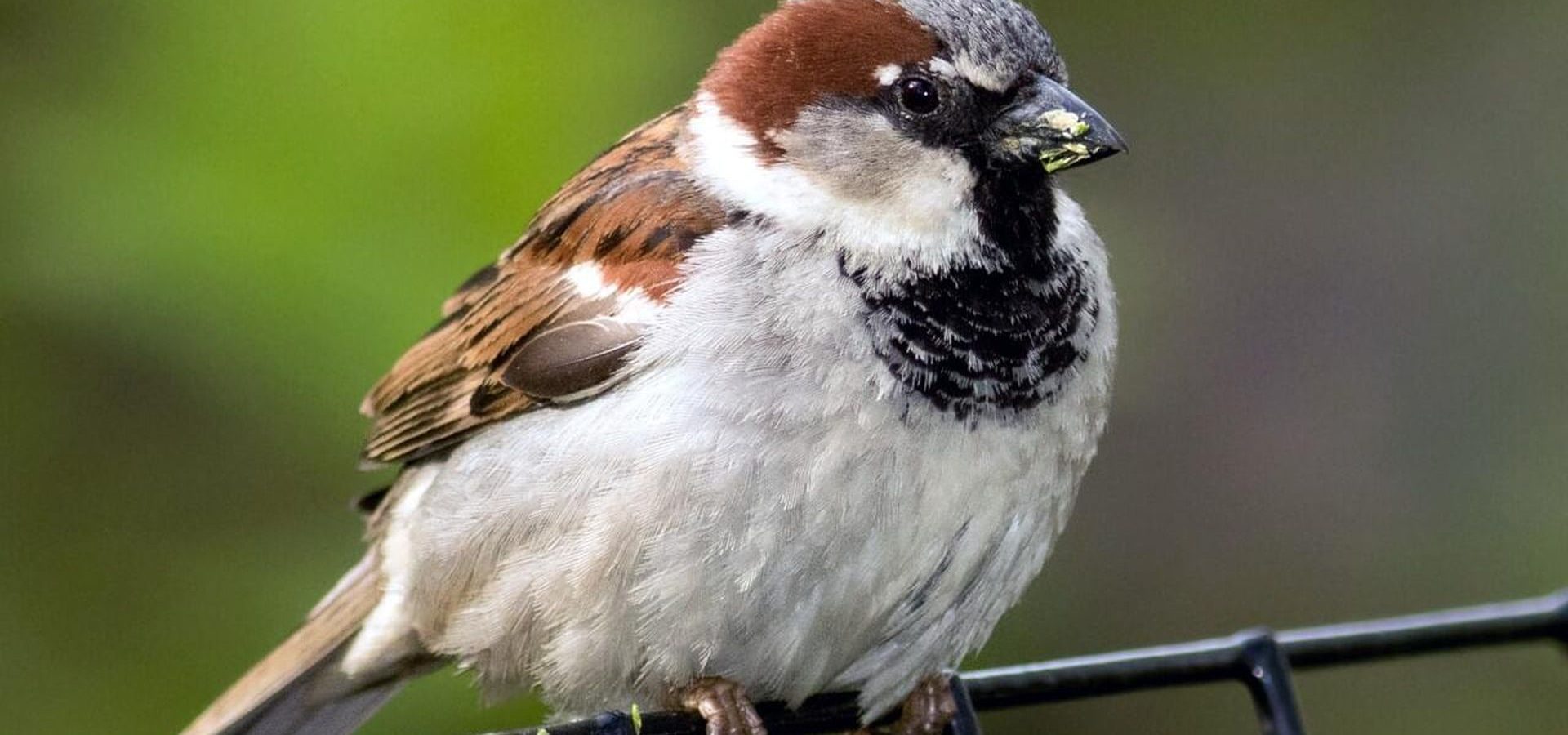World Sparrow Day is an annual celebration of the ubiquitous House Sparrow. This day is designated to raise awareness about this bird and the threats to their populations – it is observed annually on 20th March. The need for conserving this species stems from the fact that sparrows act as pest control and are extremely important in helping spread green cover as they disperse seeds over vast tracts of land.
The House Sparrow’s story has been intertwined with humans for millennia. Their dependence on our species is absolute and complete – so much so that it is rare to find these birds anywhere away from the human population, for example, they do not inhabit woodlands, forests, grasslands, and deserts. They thrive on the resources we provide – food such as grains or insects and shelters built into the eaves of buildings.
While our landscape was rife with these birds at one point in time, the common sparrow is fast disappearing from our terrains. For years, it has peacefully coexisted with us in our buildings and gardens, but in the last two decades, their population is on the decline in almost every corner of the country. This can be attributed to many reasons: the disappearance of its habitat, diminishing ecological resources, rising pollution, excessive use of pesticides, and emissions from microwave towers. In some urban areas, reports suggest the decline of this species by 99% – a number staggering in its colossal figures.

Though it is classified under the ‘least concern’ category by IUCN, this sudden and massive decline in a species that has evolved beside humans for millennia is a cause for genuine concern.
There are certain steps we can take to do the conserve the species in our own individual ways:
- Build birdhouses in our backyards and gardens. Sparrows have shown a great affinity for these structures and are quick to colonise them.
- Turn our gardens greener – though sparrows live comfortably in many urban settlements, they require a wide variety of vegetation such as wildflowers, shrubs, and trees for sustenance. These green spaces also provide crucial nesting and foraging habitats for the birds.
- Install proper bowls for bird feed and also put out water, especially during summers to ensure that the birds are safeguarded from heat exhaustion and dehydration.
- Many organisations and individuals participate in bird counts during World Sparrow Day to help determine the population density and distribution.

Here are some interesting facts about the House Sparrow.
- There are 24 different species of the Sparrow bird, with five of them occurring in India – House Sparrow, Sind sparrow, Spanish Sparrow, Russet Sparrow and Tree Sparrow.
- House Sparrows are very sociable birds, often nesting in colonies. Gregarious and aggressive, sparrows are known to orchestrate hostile takeovers of the nests built by other birds, sometimes even killing their competitors to eliminate the competition.
- The survival rate for juvenile House Sparrows less than a year old is less than 25 per cent. Over 40 per cent of all adults die each year.
- The House Sparrow is known to be an invasive species in many parts of the world and most people do not enjoy having the ‘invader’ in their birdbaths because it drives away native species.
- Though adults are mainly vegetarian, young birds need a high proportion of animal matter (insects) in their diet when first hatched. The diet of the sparrow consists of seeds and grains for the most part. They also feed on human foods like bread products and peanut bits.
- When in danger, these small feathered birds can swim immensely fast to escape predators.
- Did you know that the speed of their usual flight is 24 miles per hour? When needed, however, they can increase their speed to 31 miles per hour!
- Sparrows can live for around 4-5 years in the wild and about 10 years in captivity. The oldest sparrow recorded to date is known to live for 15 years and 9 months!
- They flick their tails to ease tension in a stressful situation.
- House Sparrows love to engage in dust baths – a part of their preening and plumage maintenance, dust baths keep their feathers clean and flexible. The sand and dust absorbs excess oil from their feathers to prevent them from becoming greasy. Regular dirt bathing also helps smother lice, feather mites, and other parasites on the sparrow’s body.
- These birds are ancient, and their relationship with human beings is timeless! Fossil evidence dating back 4,00,000 years ago indicates that the House Sparrow was already sharing a landscape with humans
- The House Sparrow is the state bird of Delhi!

House Sparrows are amongst the many birds we at Wildlife SOS rescue and rehabilitated back into their habitats. Those that come to us are often victims of heat exhaustion, dehydration, kite threads or are injured in turf fights. They’re also victims of conflict or domestic predators like cats.
Read more about the House Sparrow here. Learn more about the work done by Wildlife SOS here.





